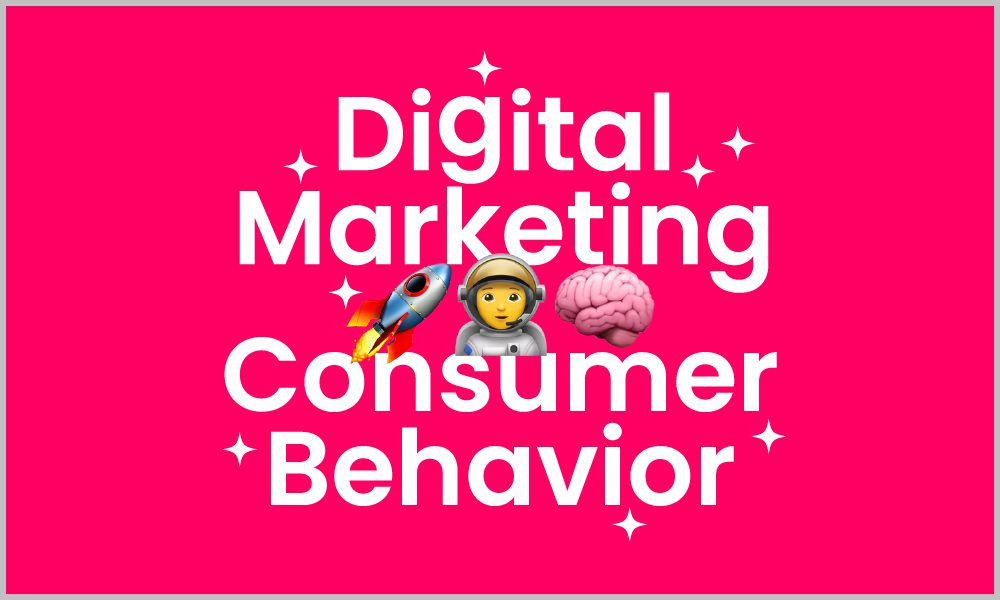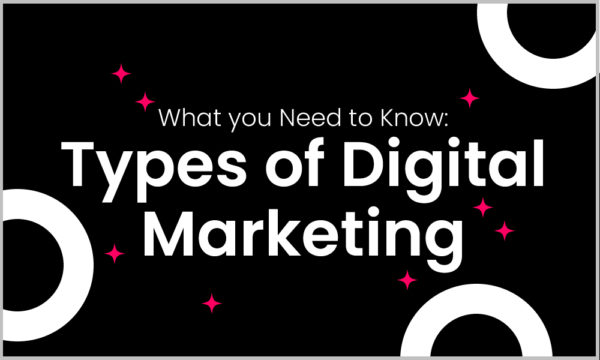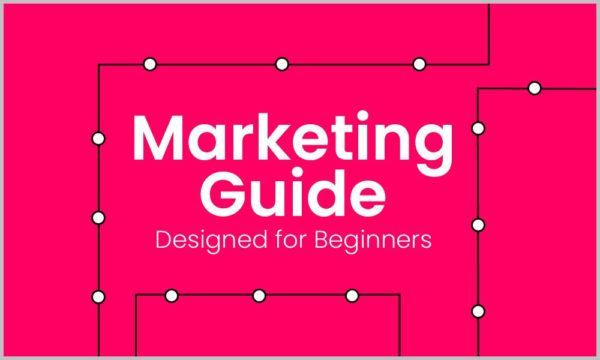The internet has transformed our lives. We live in a time where the collective knowledge of the human race is at our fingertips. With a few well-placed taps, we can get access to almost all the information about a topic. Never has information been as accessible as it is now, and the internet is the sole reason for it. And every time a new medium becomes popular, consumer behavior changes accordingly.
Radio and television have changed the way we buy things. As one-way media, advertising back then told you what you need, and what the solutions was. Engagement with brands was limited back then. But the internet changed things, and as a result, marketing had to change.
So, how has digital marketing changed consumer behavior?
1. Brand Engagement
The internet has made it possible to communicate in all directions. Users and brands can communicate with one another. However, what’s more interesting is that consumers may discuss brands with one another. As a result, massive online communities have grown around businesses. Users now expect brands to respond to them, making conversation the name of the game. Brands that can interact with users on a more personal level, do better.
2. Research
Consumers can do extensive research now. Digital marketing gives the consumer an idea of a product. But it is merely a stepping point for the consumer. Most consumers conduct preliminary research before making any purchases. They research products by reading product reviews, watching videos, and reading blogs about them. The internet, and digital marketing by extension, have given users more power over their purchases.
3. Customer Loyalty
One of the disadvantages of digital marketing, or an advantage depending on your point of view, is that brand loyalty among users has decreased. In a crowded marketplace, with each brand offering countless products that virtually do the same thing, it is easy for a user to experiment. Users that have the ability to research, look for their best return on investment. When making a decision, they seek for customer service, discounts, and user reviews.
While this may imply that your current consumers will leave, it also means that if your product is good, you will be able to easily win new customers.
4. Impulse Buying
Not all users research extensively. With the ability to buy with the click of a button, impulse purchases are higher than ever. A well-placed ad, or a social media post of something interesting, often leads to impulse buys. How many of us have clicked “purchase now” instead of “add to cart” on Amazon? Digital marketing has encouraged impulse buying with appealing offers such as time-limited discounts, big promotions, and limited editions.
5. Artificial Intelligence and Personalization
Compared to previous generations of buyers, online shoppers want a more personalized experience. They expect the advertising they receive to be relevant. There are various ways that shopping online has become personalized. AI has been a great tool for this. From targeted advertising delivered to people who are most likely to buy to features like AI product recommendation show that personalized experiences online work.
6. Testimonials
When it comes to converting people, nothing beats word of mouth. The internet has made this in the form of user reviews. User reviews have more impact on a customer’s purchase decision than a review from a professional reviewer. These reviews show the personal experiences of actual people, helping potential customers identify with them.
Consumer behavior has shifted in ways we couldn’t have predicted 20 years ago thanks to digital marketing. The advent of modern communication has changed marketing. Consumers have responded to changes in digital marketing, and vice-versa. If you’d like to talk more about the power of digital marketing, you can always talk to us at +971 4 580 3378.



